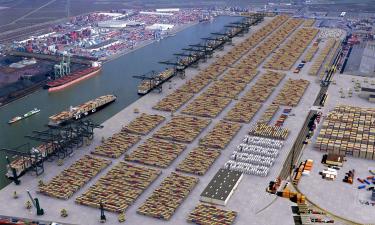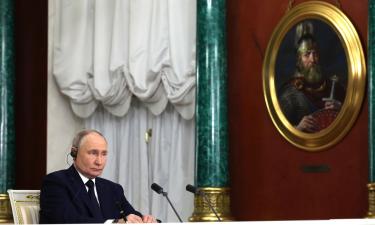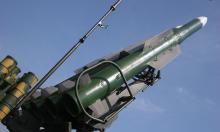Getting Rich on Plutonium in Russia
USA and Russia cooperate on shutting plutonium reactors down
Russian Minister for Nuclear Power Alexander Rumyantsev and US Energy Secretary Spencer Abraham signed an agreement, pertaining to which Russia is to shut down three reactors that produce plutonium for military purposes. Reactors are located in Siberia, in the town of Zheleznogorsk, in the Krasnoyarsk region, and in the town of Seversk, in the Tomsk region. All other plutonium reactors, both Russian and American ones, were closed several years ago, on the ground of the intergovernmental agreement. ADE-4, ADE-5 reactors in Seversk and ADE-2 reactor in Zheleznogorsk continued working. In addition to plutonium, those reactors produced heating and electric power for the local population.
Russian Nuclear Power Minister Alexander Rumyantsev said that the life of the town of Zheleznogorsk with 150 thousand-strong population depended on the uninterrupted operation of the ADE-2 graphite-uranium reactor. The minister assured that there was no need for townspeople to worry: “We agreed with our American colleagues that it would be possible to stop the reactor, after the USA funded the activation of substituting capacities,” said the minister. It goes about the construction of the heat and electric power station in a town nearby. In the town of Seversk it was considered that the total reconstruction of the functioning heat and power plant was economically expedient. Authorities believed that the construction of a new object, a nuclear power plant, for example, was not an efficient action to take.
It should be stressed out that such problems never occurred in the United States of America. No American military reactor worked at the capacity of a combined-cycle plant. American nuclear power specialists admired Russian engineering talents in the field. However, as it often happens in the technological world, advantages unexpectedly turned out to be disadvantages.
ADE-2 in Zheleznogorsk produces one billion kwh of electric power and one million gigacalories of heat. The construction of an adequate heat and power plant is evaluated in the sum of $200 million. Alexander Rumyantsev said that the USA’s total sum for those towns was to be specified. It is known, though, that it goes about hundreds of millions of dollars.
On the other hand, internal economic reasons might prevent from the execution of international relations. The heat and electric power plant that is being built near the town of Zheleznogorsk belongs to Russian energy giant RAO UES of Russia, which prohibited selling profile enterprises. It just so happens that American money might find itself in a completely different Russian department. In addition to that, using oil instead of atom will make heat and electric power tariffs double or even triple. A lot of depends on the new Krasnoyarsk governor Alexander Khloponin, who promised to help those towns during his pre-election campaign.
It is not ruled out that plutonium reactors in Zheleznogorsk and Seversk will work for years more. As the nuclear power minister said, the plutonium production will last for five or even ten years. On the other hand, the USA might pull out from the agreement, in case the States considers that Russia’s stance regarding Iraq is not good for America.
Alexander Rumyantsev said that neither the USA nor Russia tried to make those problems (about Iraq and plutonium reactors) go together. “It is hard to believe that strategic non-proliferation issues might be dependant on other problems. Of course, every country is sovereign and is free to take any decisions. I would like to emphasize that Russia abides by its international obligations regarding those issues. If the USA refuses from funding the construction of substituting capacities in Siberia, we will start producing military plutonium again. I think that all sides, including the USA, will only lose from that,” the minister stated.
Izvestia
Subscribe to Pravda.Ru Telegram channel, Facebook, RSS!





